15 Fun Facts About Seals to Celebrate International Seal Day
March 22 marks International Seal Day, a day the whole world should celebrate in earnest! To mark this momentous occasion – which should really see us all laze about in the sun, feeding on sumptuous sardines – we share 15 Fun Seal Facts.
The clowns of the marine mammal world, seals are a comical bunch of incredibly interesting creatures. For some, like yours truly, they may seem like a ‘spirit animal’. They spend most of their days lazing about, sunbathing in some of our planet’s most incredible places – they are mainly blubber (which helps against the cold, you know) and feed off sumptuous seafood. So, of course they have their own day of celebration on March 22! Here are a few fun facts about seals to help you get into the seal spirit.
Could life get any better, we ask?
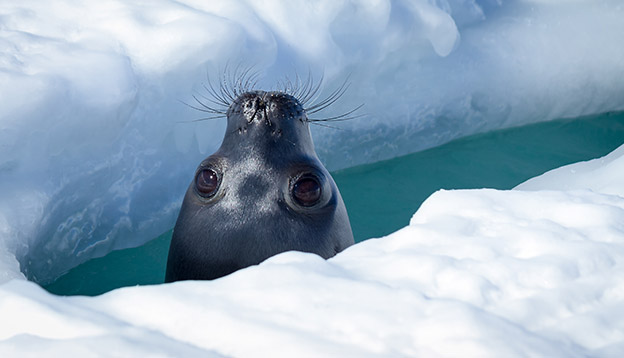
1. Seals Are Part of the Pinniped Order of Marine Mammals
The pinniped order of marine mammals also includes sea lions, walruses and fur seals. There are 33 species of pinnipeds in the world and all are believed to have evolved from once terrestrial otter-like creatures.
2. Seals Prefer Cold Sea Waters
Cold sea waters are primarily found in the Arctic and Antarctic regions. There are four ice specialized species breeding on the Antarctic ice, the Leopard seals, Ross seals, Weddell seals, and Crabeater seals.
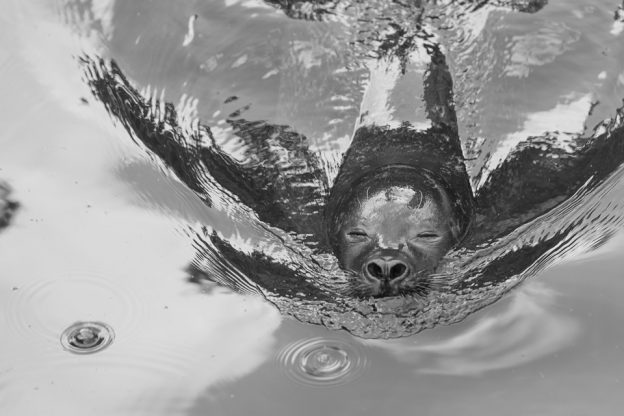
3. In the Wild, Grey Seals Can Live for Up to 35 Years
Female seals are boasting a higher life expectancy than male seals. Female seals can get up to 30 years old in the wild, while male seals rarely reach the age of 25.
4. Seal Species Come in Different Sizes
The smallest seal species is the Galapagos Fur Seal (1m in length and 45kg in weight) whilst the largest is the Southern Elephant Seal which weighs a whopping 3,850kgs and measures up to 5m in length!
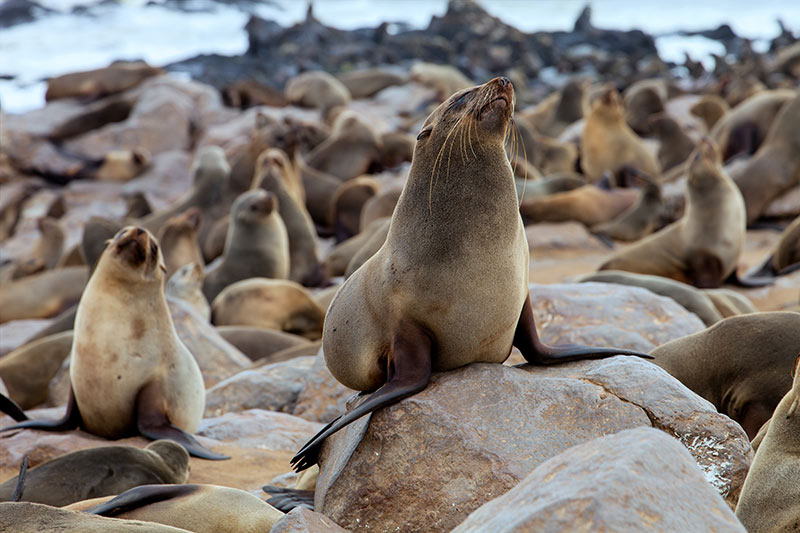
5. Some Seal Species Feed off Fellow Seals!
Some seal species, like the Leopard Seal, feed off fellow seals! Most, however, feed off crustaceans, fish and seabirds (if they can catch them).
6. The Crabeater Seal Boasts the Largest Population of All the Seal Species
The Crabeater Seal can be spotted on an Antarctic cruise. Estimates put their numbers at between 2 and 75 million individuals, worldwide. As cute and friendly as they may look, seals can actually be fervently territorial and quite aggressive.
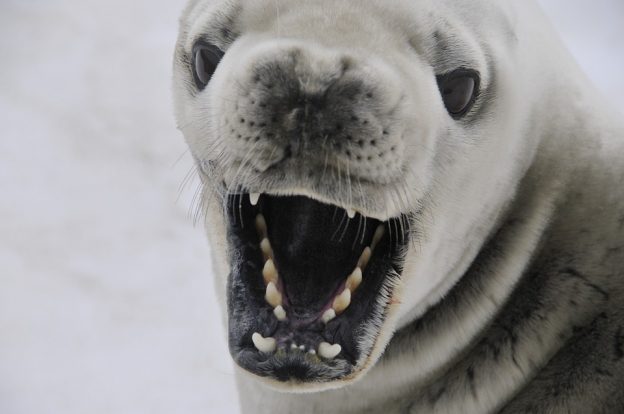
7. Seals Can Sleep Underwater
Seals usually only come on land to escape predators like whales and sharks, as well as to mate, give birth, feed and moult.
8. Some Seals Can Dive Up to 900m in Depth
Seal will dive up to 900m in search for food. Some seals can hold their breath underwater for up to 2 hours! The Northern Elephant seals spend the majority of their time at depth. They are only coming to the surface for a few minutes between dives. Before the dive, the Elephant seal first exhales to empty their lungs. During their long migration trek, these creatures dive for food in this manner.
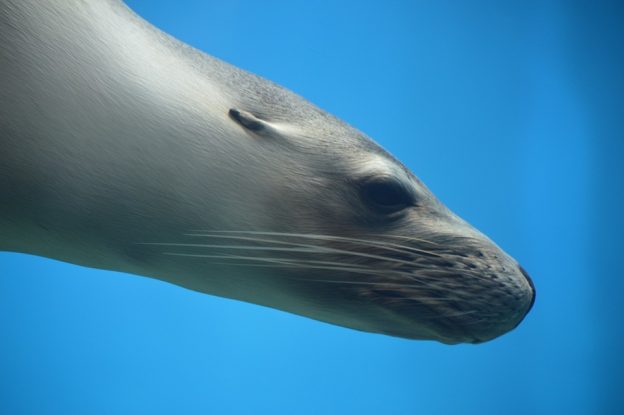
9. A Seal Mum’s Milk Can Be Up to 50% Fat
Because of the high fat rate, seal pups can put on 2kgs a DAY. That should make you feel a little better about your Christmas and New Year calorific splurge!
10. Over the Last Century, Various Species Have Gone Extinct
Seals have been hunted throughout history, with their fat and fur being highly coveted. Although a great majority of species are not endangered – the Galapagos Fur Seal is one of the exceptions – seals are still a highly protected mammal in most parts of the world. Over the last century, various species have gone extinct, including the Caribbean Monk Seal and Japanese Sea Lion.
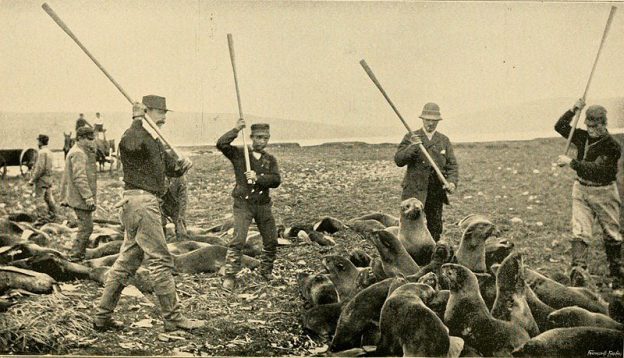
11. Earless Seals Do Have Ears
Earless seals are one of the main mammalian groups in the pinniped seal lineage. Other than their name would tell you, earless seals do have ears. Their ears are covered beneath their skin. So they do have ears, but you just can’t see them.
12. Seals Can Be Hooligans
In Gisborne, New Zealand, a resident elephant seal, named Homer, had an infamous reputation for hooliganism. He used to routinely overturn parked cars in town and once even knocked over a restaurant’s power supply box. Experts believed that Homer’s energetic ‘rubbings’ were actually ever-so-slightly misguided sexual advances.
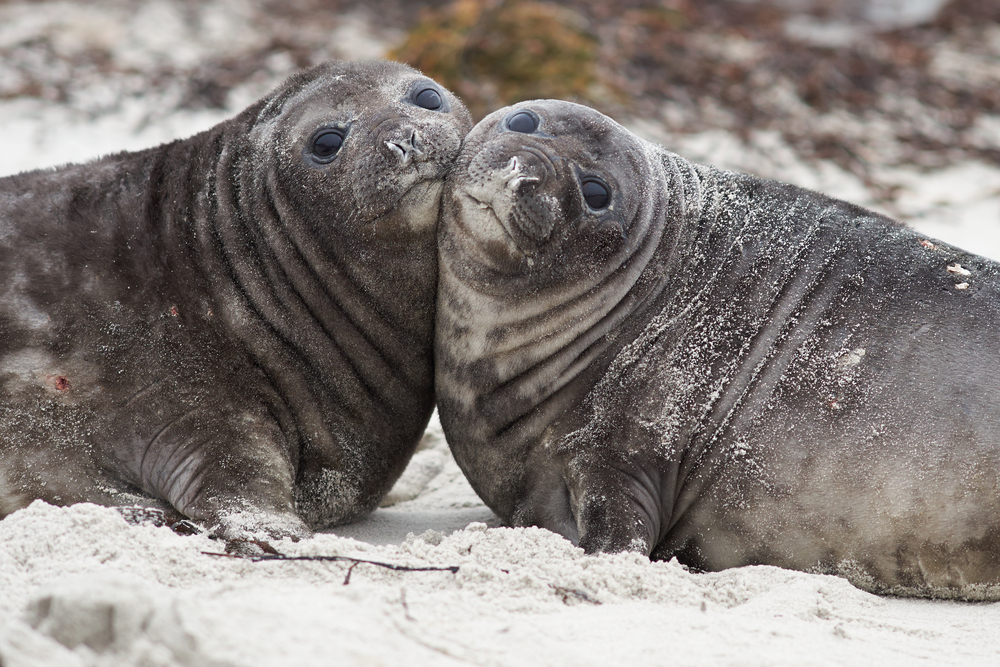
13. Seals Boast a Gestation Period of About 11 Months
The longest pregnancy in the pinniped family belongs to the walrus, which is pregnant for about 16 months.
14. Mother and Baby Seals Recognise Each Other
One of our really lovely fun facts about seals is that mother and baby seals recognise each other through a familiar call. A study in Alaska found that mum-bub recognition was possible even after a 4-year long separation.
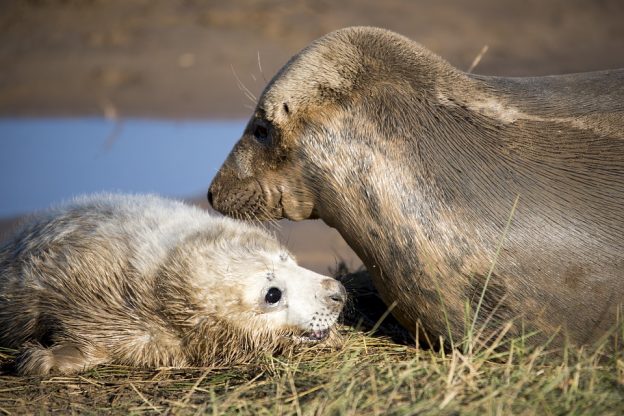
15. Alpha-Male Elephant Seals Are Quite the Possessive Don Juans
A study in the Falkland Islands proved that alpha-male Elephant Seals are quite the possessive Don Juans In one colony alone, over 92% of pups born at any given time were fathered by the group’s alpha-male alone and up to 72% of all other males in the colony, had NEVER been observed mating at all.
Want to join on a seal-watching mission? Your options are endless! At Chimu Adventures, we run phenomenal tours through all of Laton America’s seeaally good wildlife-watching destinations, like Peru, the Galapagos, and Antarctica, among many many more. Simply give us a holler and let us know you’re on the (photographic) hunt for some seals and we’ll T you up with a whole bunch of blubbery friends.
Where Will You Go Next ?
- Popular Destinations
- Antarctica
- The Arctic
- South America
- Central America
- More to explore
- Amazon
- Antarctic Circle
- Antarctic Peninsula
- Argentina
- Bolivia
- Brazil
- Canadian Arctic
- Chile
- Colombia
- Costa Rica & Panama
- East Antarctica
- Ecuador
- Galapagos Islands
- Greenland
- Guatemala & Honduras
- Machu Picchu
- Mexico
- Patagonia
- Peru
- South Georgia and Falkland Islands
- Spitsbergen
- Sub Antarctic Islands

Talk to one of our experienced Destination Specialists to turn your Antarctic, Arctic and South American dream into a reality.
Contact us